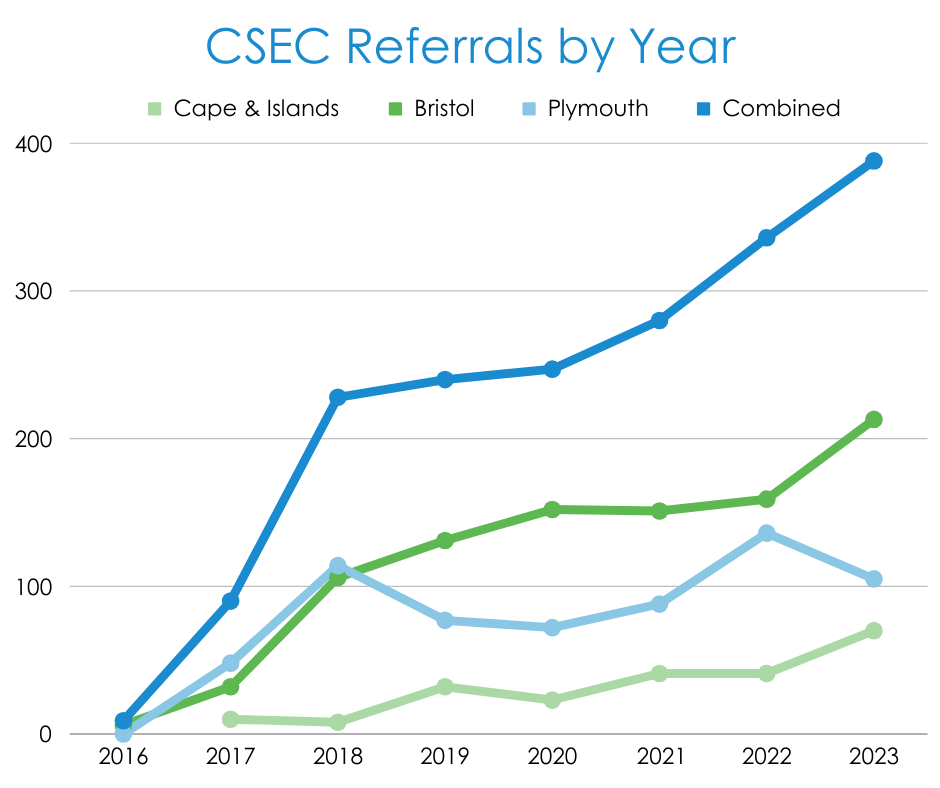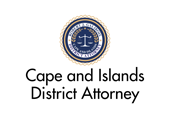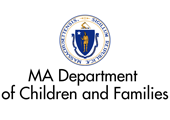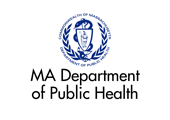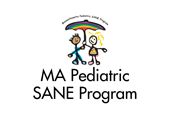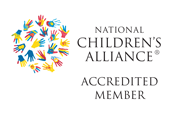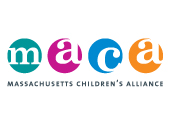Summer Programs are Critical to Abuse Prevention and Recognition
June 17, 2024
Schools at every grade level across the country are one of the most critical youth-serving organizations (YSO) for recognizing, responding to and reporting abuse and crimes against children. You can see the critical impact schools have on recognizing abuse by our past article The Frontline of Recognizing Abuse: Teachers here. However, there are other organizations at different times of year who are just important in this endeavor of creating safe communities for children, ones not often thought about. As schools let out for the summer, other YSOs in Massachusetts are preparing for their summer sessions, it is critical these organizations are committed to preventing and responding to child sexual abuse.
Child safety is more than handbooks, policies and procedures; however, they are a critical place to start. Our Partners at The Children’s Trust and the Safe Kids Thrive provide everything youth-serving organizations need to build policies and best practices around child abuse prevention. This month they highlighted some ways to increase the elements of safety in organizations serving children this summer:
- Verify that all staff and volunteers acknowledge, understand, agree with, and sign your Code of Conduct. Include a Code of Ethics outlining your commitment to keep kids safe.
- Ensure leadership models appropriate behavior and promotes positive interactions among staff and children. Encourage staff to view safety as a priority and mutual responsibility of all.
- Create opportunities to talk with all staff about abuse prevention policies and build comfort with this topic. Communicate your policies and protocols to all stakeholders, including the parents and families of the children you serve.
- Remind staff and volunteers to honor their duties and responsibilities as mandated reporters under MA law. Train all staff and volunteers on when, how, and to whom to report suspected abuse or disclosures of abuse.
- Check driving records and ensure drivers responsible for the transportation of children have adequate credentials. Ensure that all staff and volunteers participating in off-site activities adhere to policies on transportation.
-These highlights are provided to you by Safe Kids Thrive.
…you need to be involved and ask about your YSO’s policies on protecting children. As a parent, safety and prevention starts with you.”
Second, while it is important for YSOs to have these policies and procedures in place, it is all the more critical that all staff, counselors and even administrative staff receive adequate training. Knowing what each person’s role is in the greater role of child abuse prevention and safety creates an atmosphere of safety. The message delivered by YSO administration should be “these policies are non-negotiable values of the organization.” Training team members on an annual basis, as well as effective training on how to recognize and respond to abuse (as provided for free by the Children’s Cove Education and Training team) should be a regular strategy.
Third, parents need to be involved and ask about a YSO’s policies on protecting children. Safety and prevention starts with you. It starts with conversations you have with your children, teaching them about body safety, child sexual abuse, appropriate boundaries, and what to do if a child feels unsafe. In addition, parents need to have direct conversations with your children’s schools and summer programs about how they recognize, respond to, and report abuse. This holds everyone accountable for the safety of children.
It takes a community to protect our children. It takes responsibility, accountability, transparency, and conversations about the public health and safety of children. All children deserve a community free from abuse, where their voices are heard, and where they can live safe, healthy and empowered lives.
If you would like support as a parent, community member, youth-serving organization, in learning how to keep children safe and prevent abuse, please contact Jacob Stapledon, Community Engagement and Education Program Manager at Jacob.Stapledon@childrenscove.org to discuss your needs or request a free education session or training.
